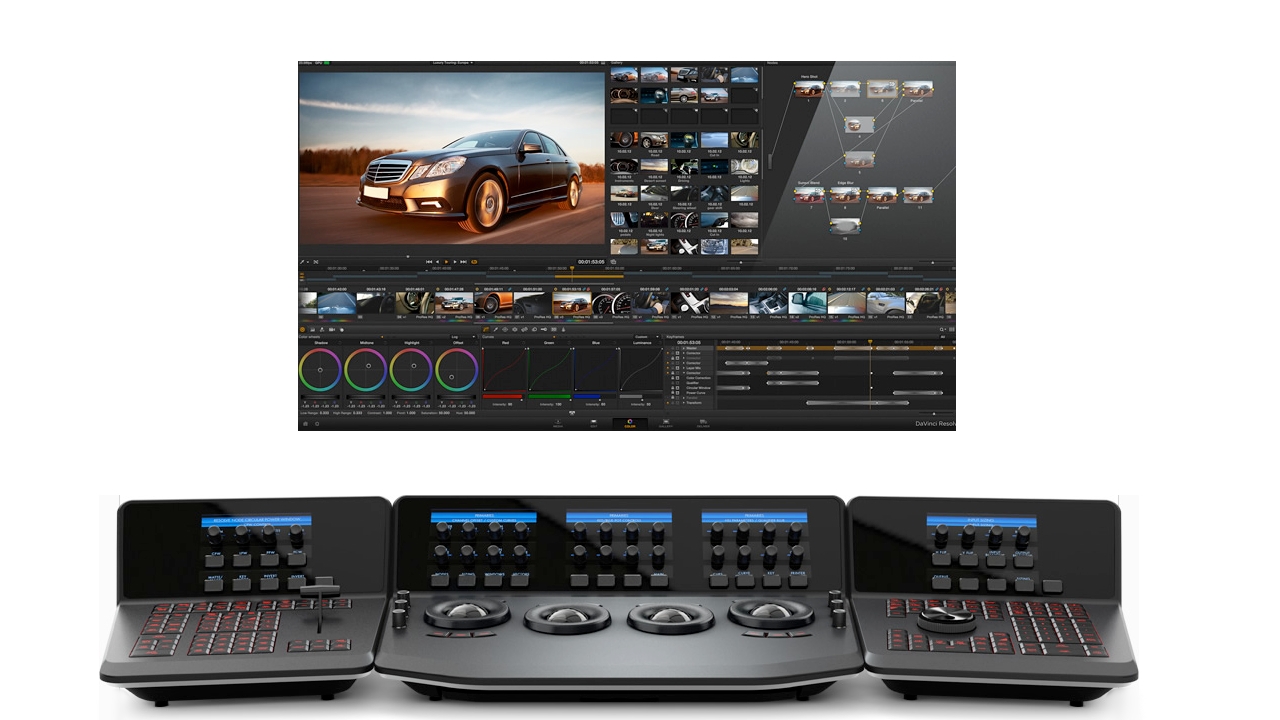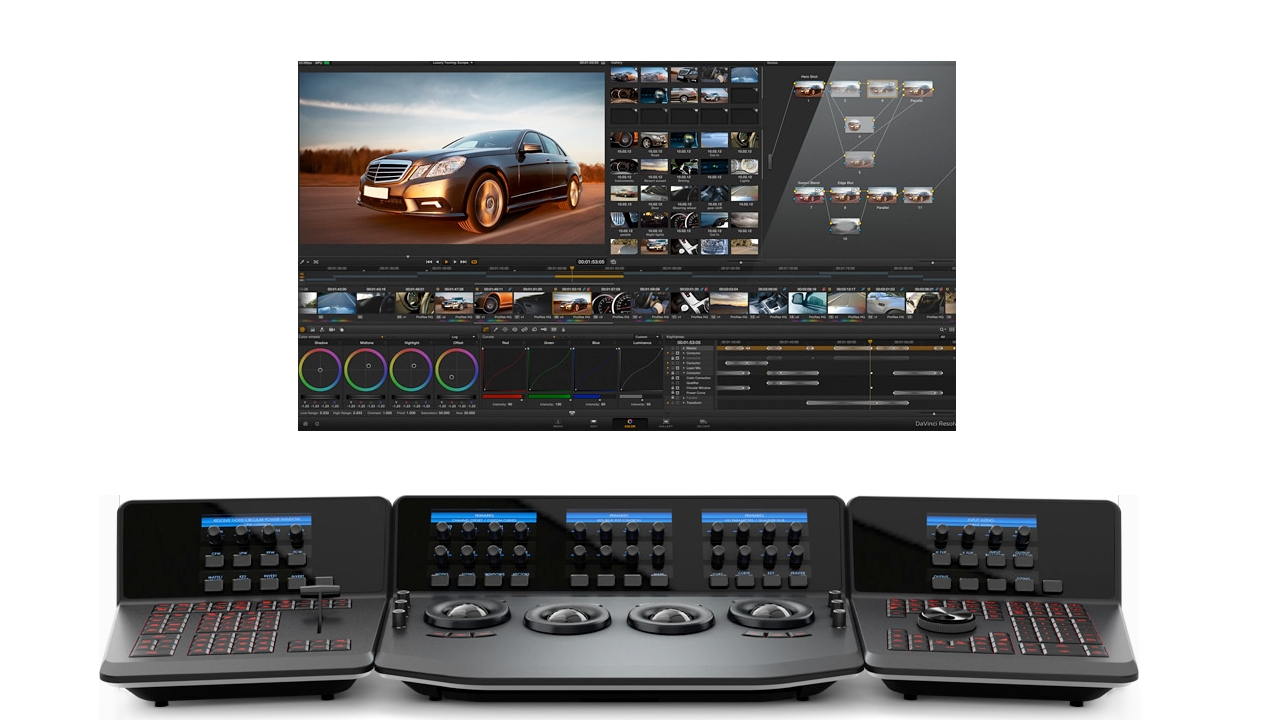

Replay: This was first published in 2013, but is just as relevant today. Freelance colourist Warren Eagles looks at how software colour correctors have changed the grading industry; for better and worse
I started collecting these comments by clients and colourists as a bit of fun, but it just kept on growing, here are some of them:
| 2003 | 2013 |
| Client: I have always wanted to be in one of these rooms, isn’t that machine a million dollars? |
Client: Is this grading software free now? |
| Colourist: How many weeks were you shooting this TV Commercial? |
Colourist: How many ads did you shoot in one day? |
| Colourist: We’ll need to do a separate grading pass for the car, the bonnet, the talent, the highlights and a plate pass for the background |
Colourist: I can fix it in one pass |
It’s true, the high end grading rooms of the early 2000’s would have set you back over a million dollars plus. Clients would come into my room in London and say “I have always wanted to work in one of these rooms” with a sort of strange star struck look in their eyes. The work was high end Commercials and Drama, no Reality TV or grading for the internet. Feature films were still graded in a lab. A documentary only got graded if we were slow and music videos occupied the small hours for a reduced rate. Everything was shot on film 16mm or 35mm and not a tape or digital file in sight.
Jump to 2013; what has changed?
Today far more people are grading. Directors of Photography, Editors, VFX artists, and Directors. Computers have consistently got faster, storage cheaper, and digital cameras have taken over from film. In 2007 Apple purchased the previously named “Final Touch” grading software and released it as “Color”. It came bundled with Final Cut Studio, costing around $3000. It had some technical issues in the early days, but the software enabled thousands of people to get their hands on a real colour corrector. Because of this, lots of smaller shops appeared due to the cheaper entry price. In 2009, Blackmagic Design purchased DaVinci and in 2010 a $995 fully featured Mac version of Resolve was released. This was swiftly followed by Adobe announcing Speedgrade as their colour correction solution in 2011, meaning that anybody could possess the tools of a colorist. Editors who had been previously eyeing off two days money for colouring a documentary were suddenly very keen to join the grading club. So too were Directors of Photography (DPs) sick and tired of handing rushes over to editors, having to constantly explain why their LOG pictures looked flat.
So what affect has cheaper colouring systems had on the industry?
Advantages:
Reality TV and documentaries that previously might have had an editor pushing controls on editing software until he or she got lucky are now being graded with colour correction software on a grading monitor in a grading suite
The DP can now do a simple grade on his rushes before handing over his media to editors and producers, who are very keen to make early judgements on colour and contrast
An increase in freelance colourists on the market driving competition, much the same as offline and online editors
Remote grading; receiving a HDD or download a file from anywhere in the world for grading. The clients send reference images or watch and review my work when finished. It is possible to communicate using phones or Skype, and I don’t have to dress up. This does open up lots more grading opportunities.
Disadvantages:
The quality of the grading seems to have decreased. For example, shots do not match within a sequence
This disadvantage is so poignant and I am seeing it all the time on TV; in drama, reality, short films and even features. It is relatively easy to create a nice look on a single shot. I always tell my students when teaching, “You can sit in front of a grading system and given time twiddle the balls and get a nice look, but in a month you still won’t have matched the rest of the scene properly”. Grading is difficult, especially the art of knowing why shots do not match and then knowing how to go about fixing them.
Never have so many programs, shows and TV Commercials been graded by so many “Colourists”.
Tags: Post & VFX


Comments